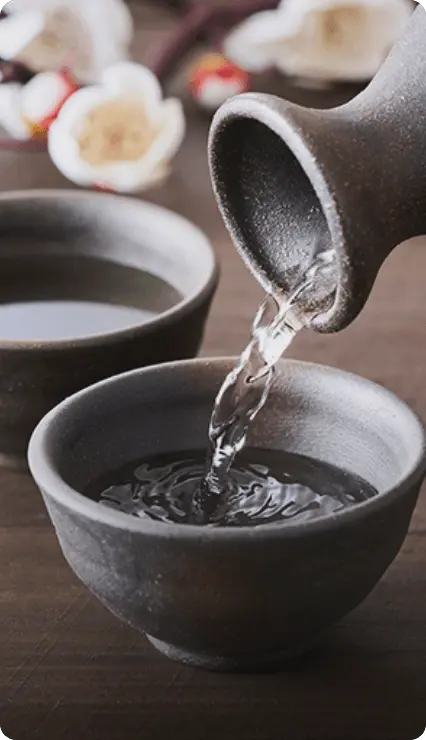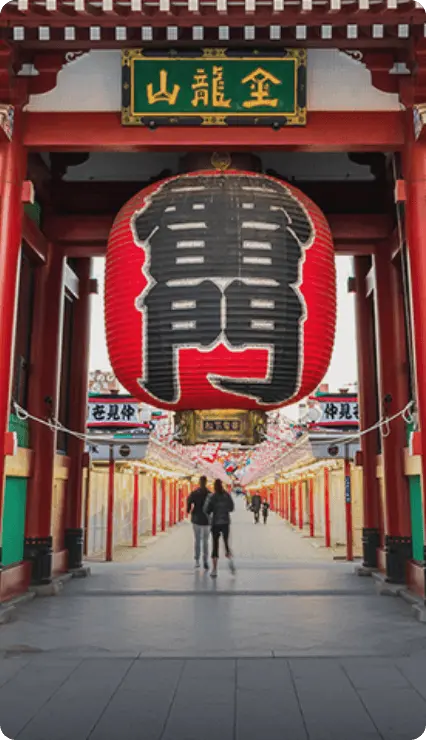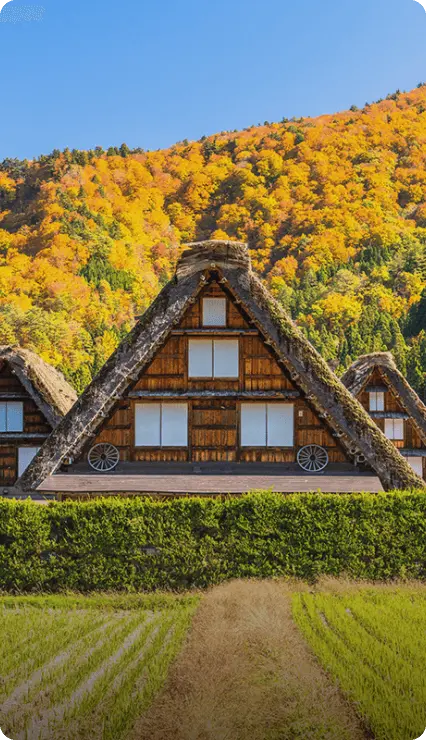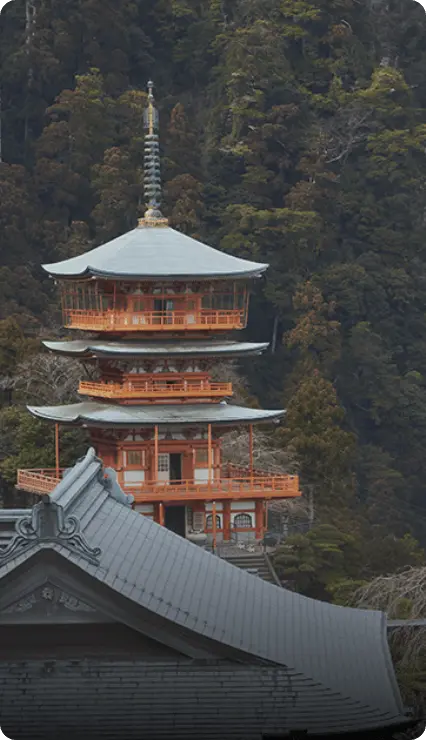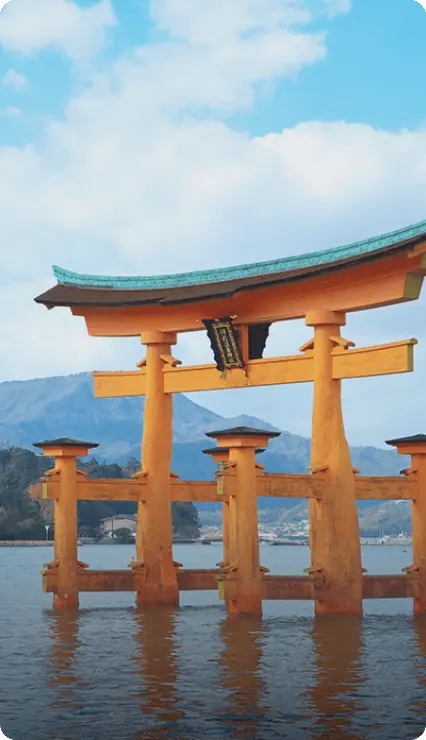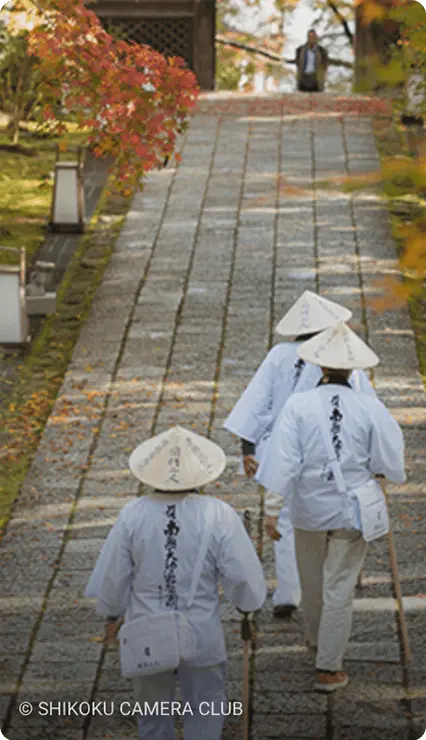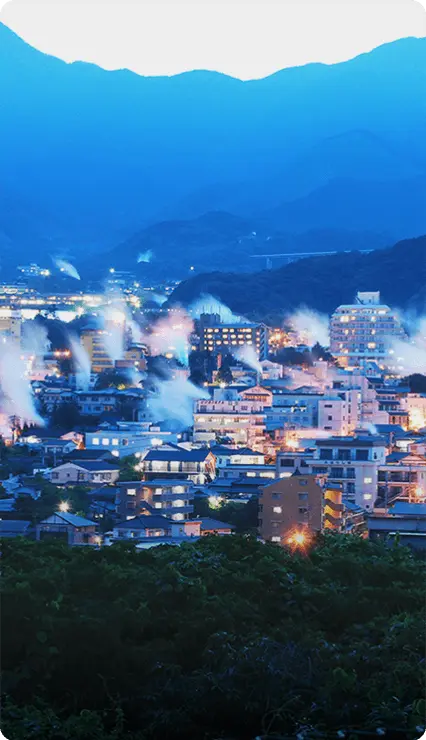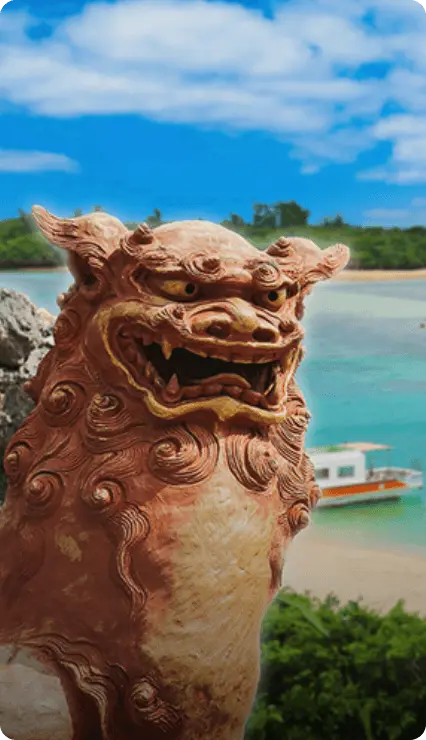
Discover Japan: Forest Bathing and Spiritual Connections
Shikoku / Kyushu / Okinawa
This content is produced by

Set out on an immersive journey into the forests and mountains of Japan’s southern isles of Shikoku, Kyushu and Okinawa. From forest bathing among old-growth trees and temple pilgrimages, to treks through thrilling natural habitats with rare flora and fauna, these warmer climes offer adventure all year round.
-
Shikoku: Spiritual Paths and Citrus Fruits
-
Embark on a short leg of the 88 Shikoku Pilgrimage, a historic route dating back over 1,200 years that connects 88 Buddhist temples on the island of Shikoku. Each of these temples is connected to Kobo Daishi, a revered monk who trained and traveled in the region.
-

SHIKOKU CAMERA CLUB Tokushima Prefecture marks the starting point of the roughly 870-mile-long (1,400 km) pilgrimage and is known as the Dojo of Hosshin, or ‘the place of spiritual beginning’, as this is where most pilgrims take their first steps. The following prefectures along the route, Kochi, Ehime and Kagawa, are known as the places of ascetic training, bodhi (enlightenment) and nirvana (spiritual release) respectively. The full journey would take weeks or even months to complete, but many people choose to do short stretches so they can enjoy sightseeing in the more rural parts of the prefecture.
-

Lanterns at Ryozenji Temple, the first temple along the 88 Shikoku Pilgrimage In addition to the pilgrimage routes, travelers should venture out to the zero-waste town of Kamikatsu. Here, guests can experience an eco-centric stay in a small town where recycling efforts have yielded real results. Over 80% of the waste here is recycled and guests can join in and learn how and why this is important. Further afield to the west, visitors can experience the Japan of old in the picturesque Iya Valley. This remote region boasts vine bridges crossing ravines, roaring rapids ideal for rafting, and villages of cozy thatched-roof houses dotted on the steep hillsides.
While here, try sudachi, a small, green citrus fruit native to Japan that comes in many forms in Tokushima, including sudachi gin, sudachi soda, sudachi cake and more. Make the most of this delicious ingredient by tasting it in all its forms. Those who would rather skip the citrus, or simply want to dine on something heartier, should sample Tokushima Ramen—each restaurant has its own unique take on Japan’s noodle dish—together with some locally brewed craft beer from Kamikatsu.
-

SHIKOKU CAMERA CLUB
The Kazura vine bridge in Iya ValleyGetting there and back: Visitors from Tokyo can fly into Tokushima Awaodori Airport from Haneda International Airport in less than 1 hr 30 mins, while Osaka-based travelers can take the approximately 3-hour bus ride to central Tokushima City.
-
Kyushu: Virgin Forests and Strong Spirits
-
Known for its majestic old-growth forests, Yakushima Island in Kagoshima Prefecture houses towering Japanese cedar trees—some over 1,000 years old.
-

Many visitors claim there is a spiritual energy that can only be experienced in such an old forest. From a more scientific perspective, the island’s abundant nature is a microcosm of the Japanese archipelago, with many species of plants, birds and animals found across many of Japan’s islands. Yakushima earned its UNESCO World Heritage status in 1993 in recognition of its unique and significant ecosystem, and its residents have worked hard to preserve its natural environment.
-

Wilson’s Stump, the remains of a giant Japanese cedar felled nearly 300 years ago, houses a small shrine Part of the island’s appeal—and a factor in its conservation—is its remoteness. Once on its shores, head into the woods to experience a wide range of trails to suit a variety of abilities. It’s an enriching experience for guests of all ages and fitness levels. The island also boasts some brilliant hot springs, including Hirauchi Kaichu Onsen, a natural oceanside rock bath that is only accessible twice a day during low tide for two hours at a time. Underwater hot spring sources bubble up from below the surface, warming the waters here.
Those keen on trying one of Kyushu’s most famous exports should sample shochu, a distilled spirit made using sweet potatoes. Another island specialty worth trying is flying fish—which may be served deep-fried, raw as sashimi, or minced.
-

Hirauchi Kaichu Onsen Getting there and back: Visitors from Osaka and Tokyo can fly into Kagoshima Airport via Kansai International Airport (approximately 1 hr 30 mins) and Haneda International Airport (approximately 2 hrs). From Kagoshima City, fly from Kagoshima Airport to Yakushima Airport (approximately 40 mins) or take a hydrofoil from Kagoshima Port to Yakushima Island’s Miyanoura or Anbo ports (2-3 hrs). The car ferry to Miyanoura Port takes roughly 4 hrs.
-
Okinawa: Sacred Peaks and Great Falls
-
Japan’s southernmost isles boast nature escapes at every corner, but the northern area of Okinawa’s main island is one of the most exceptional. Here, the subtropical forests of the Yambaru area—which is both part of the Yambaru National Park and a newly designated UNESCO World Heritage site (together with parts of the Amami Archipelago and Iriomote Island)—lures adventurers with its impressive biodiversity.
-

The area is noted for its large variety of endemic species including the Okinawa rail, the Okinawa woodpecker, and Japan’s largest beetle, the Yanbaru long-armed scarab.
Those seeking a water-based experience can go on a stream-trekking adventure down to Hiji Great Falls, the tallest waterfall on the main island of Okinawa at almost 86 feet (26 meters) high. Or, visit Yambaru Discovery Forest for guided walks and birdwatching, easy nature trails and canoe tours. Travelers can also hike through Daisekirinzan’s 250-million-year-old limestone topography, where craggy rocks have slowly eroded to form mystical shapes across four grandiose peaks. Said to be Okinawa’s oldest sacred place, this mountain’s natural beauty has held deep significance to locals for centuries.
-

Explore the rivers and mangroves of Yambaru National Park The region’s famed distilled rice spirit awamori packs a punch but is a great conversation starter with Okinawans, who are rightly proud of their local drink. Okinawa soba, a hearty noodle dish with tender stewed pork, is a quick and easy dish to enjoy while traveling through the area. For a slightly healthier option try goya chanpuru, a stir-fried dish with bitter melon, Okinawan tofu, and pork.
-

©OCVB Getting there and back: Fly into Naha Airport from Osaka via Kansai International Airport (approximately 2 hrs 30 mins) or Tokyo via Haneda International Airport or Narita International Airport (about 3 hrs). From Naha Airport, it’s approximately 2 hrs 30 mins by car when taking the expressway to Okinawa’s northernmost point, Cape Hedo.
Okinawa
Far to the south of Japan's main islands, Okinawa is truly unique. The subtropical climate makes for incredible beaches and diverse flora and fauna, and this small island chain has developed a unique culture of its own.












Hokkaido

Tohoku

Greater Tokyo

Central Japan

Kansai

San'in

Setouchi

Shikoku

Kyushu

Okinawa



